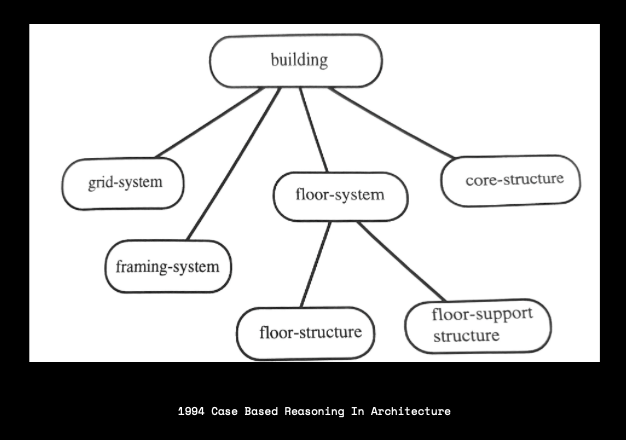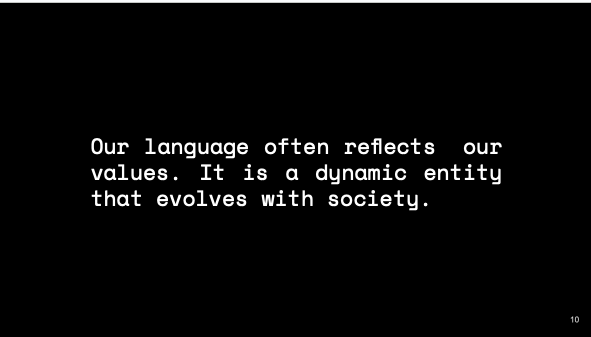Word Embeddings Analysis on Past, Present and Future Sentiments towards CAD (Computer Aided Design)
NLP
AI
Research
NLP
AI
Research
With new technologies, come hopes, expectations, and speculations of potential new futures. This thesis attempts to understand such attitudes, specifically around the development and evolution of Computer Aided Design (CAD) technologies. To this end, text corpora from 1945 onwards that centers on CAD is extracted from CAD manuals books, research papers, newspapers, journals, magazine articles and transcribed audio.
The bodies of text are then compiled into four timescales according to significant innovations within CAD: Interactive Computer Graphics 1945-1970, 3D Wireframe 1970-1985, 3D Surface Modelling 1985-2005 and 3D Solid Modelling 2005-Present. These categories are then used to train a model with natural language processing (NLP). Word embeddings approach revealing semantic and syntactic relationships between words. This analysis frames language as a partial reflection of social values and hopes to reveal insights into understand past, present, and future sentiments around CAD since its inception.
The bodies of text are then compiled into four timescales according to significant innovations within CAD: Interactive Computer Graphics 1945-1970, 3D Wireframe 1970-1985, 3D Surface Modelling 1985-2005 and 3D Solid Modelling 2005-Present. These categories are then used to train a model with natural language processing (NLP). Word embeddings approach revealing semantic and syntactic relationships between words. This analysis frames language as a partial reflection of social values and hopes to reveal insights into understand past, present, and future sentiments around CAD since its inception.





Left: Word Embeddings for the Word “tool”
Right: Word Embeddings for the Word “architect”


Case Based Reasoning in CAD: One of the first kinds of AI to be designed for architecture

Collage Representing Various Corpora




A look into the past of digital humanities


The history of CAD can be categorized into four main developments: Interactive Computer Graphics, 3D Wireframe, Geometrical Modelling and Informational Modelling


Abstraction is a privilege. Fernando Luiz Lara’s essay mentions “The very process of slicing an object into plan, section, and elevation is a process of reduction. Design is about discarding information in order to be able to manipulate what we consider the essence” are digital design tools exacerbating this problem?




Trained embeddings for ‘design’ ‘designer’ ‘architect’ ‘architecture’ ‘tool’ ‘cad’
